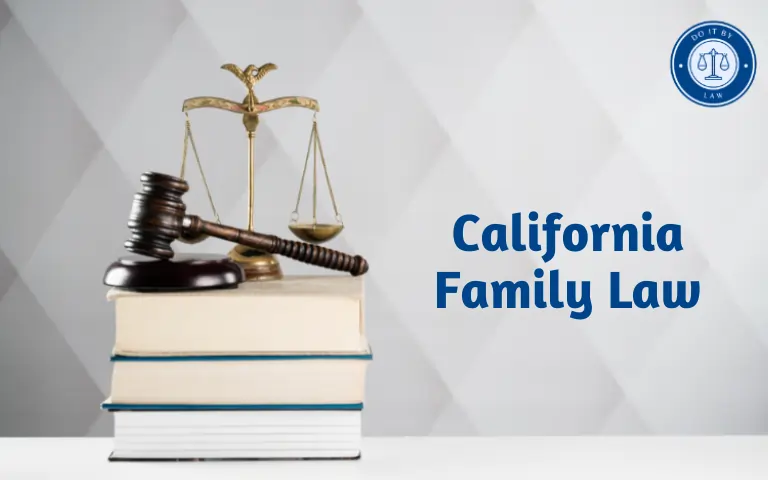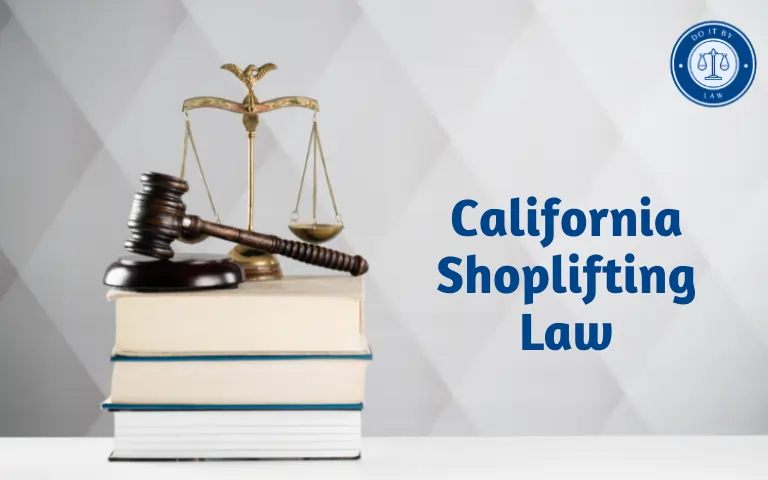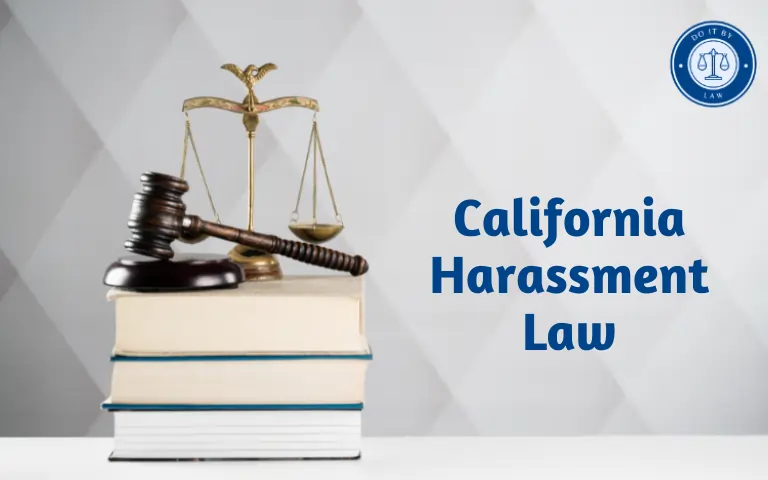California Smog Law: What do you need to know
The Golden State is notorious for its battle with smog and air pollution, especially in major cities like Los Angeles. Strict vehicle emissions laws aim to reduce harmful pollutants. But what exactly does “California Smog Law” entail for car owners and drivers? Let’s lift the haze on this complex regulatory framework.
Introduced in 1966 to combat growing air quality issues, California’s vehicle emissions controls program now spans thousands of pages of dense legal code. But at its core, California State requires testing and restricting of pollutants from automobiles and other vehicles registered in-state. As one of the most ambitious air quality regimes nationwide, California often sets precedents for federal action. However, complexity and cost remain sticking points.
Who Does California Smog Law Apply To?
In short – nearly all cars, trucks, motorcycles, and larger vehicles that drive on public roads here. However, waivers and exemptions do exist for certain older vehicles registered before 1976, diesel vehicles over 14,000 pounds, and some specialty cars. Smog checks are required upon initial registration and renewal for most vehicles under 10,000 pounds. Heavier trucks follow separate testing rules per the Periodic Smoke Inspection Program. Those squeamish around extensive regulation should probably just move along to another state now!
Key Provisions of California Smog Law
Several core elements of California’s vehicle emissions control law include:
- Tailpipe emissions standards restrict pollutants like nitrogen oxides, non-methane hydrocarbons, carbon monoxide, and particulates. Standards grew progressively tighter over decades and now approach near-zero emissions levels.
- Onboard diagnostic (OBD) systems on 1996+ model year cars to monitor emissions control performance. The “Check Engine” light signals potential issues. Diagnostic trouble codes are also stored to help identify problems during testing.
- Smog checks upon vehicle registration and renewal to confirm tailpipe emissions stay within limits. Tests measure pollutants directly via a probe inserted into the exhaust pipe. Exceptions exist for older or specialty vehicles as noted earlier.
- Visible smoke limits are enforced on heavier diesel trucks to restrict particulate matter emissions. Opacity is measured under acceleration.
- Warranty periods mandating emissions equipment defects be fixed by automakers, now up to 15 years/150,000 miles in California.
- Restrictions on tampering with or disabling emissions controls; OBDII monitoring aims to prevent this.
As you can see, California doesn’t mess around when it comes to keeping our air clean! The state wields special authority under the federal Clean Air Act to establish its standards, which helps explain the extensive controls.
Penalties for Violating California Smog Law
Those who choose to ignore or attempt circumventing vehicle emissions requirements face some stiff penalties:
- Vehicles that fail smog tests are barred from registration renewal until brought back into compliance. No renewed tags mean no legal street driving.
- Tampering with emissions controls like removing catalytic converters or modifying engine parameters to defeat OBD monitoring risks hefty fines up to $10,000 upon inspection failure. Knowingly supplying components to facilitate tampering also incurs fines.
- Owners continuing to drive vehicles that failed testing face a minimum of $1,000 fine, with further penalties possible. Things add up fast!
- Smoke belchers – visible exhaust emissions can mean $1,000 initial fine plus further testing and repair costs. Subsequent offenses within a year merit another $2,000 penalty.
Of course we all want cleaner air, but at what cost? The prospect of diving into your wallet for thousands in fines starts to lift that haze pretty quick! Yet again, those opposed to tight oversight should consider living somewhere regulations won’t make their eyes water.
Recent Changes and Proposed Updates to California Emissions Law
While the Golden State’s smog-busting framework remains largely settled policy, some recent and proposed changes do stand to impact car owners:
- As of January 1st, 2023, diesel trucks must meet stricter nitrogen oxides (NOx) limits enforced via more advanced OBD monitoring. This continues tightening standards over the next several years. Costly upgrades or replacements may hit older diesel fleet vehicles.
- California aims to phase out sales of new gas-powered vehicles entirely by 2035 under an executive order. The plan calls for transition fully to zero emissions electric cars and trucks. How feasible remains hotly debated given current EV costs and infrastructure limitations.
- Expanded remote smog checking via OBD data transfers remains under consideration as a convenience option. However security and accountability questions around opening direct vehicle access raise concerns.
- Tweaks to smog check exemption periods surface constantly but get beaten back. For now, 1976 and older vehicles still avoid testing and standards remain among the toughest nationwide. Vintage car fans eagerly await relief that may not come for decades!
Debates Around California Smog Law
Of course given the broad impact and restrictions involved, California’s pioneering efforts on auto emissions stir their fair share of debate. Key areas of controversy include:
- Cost-effectiveness – Meeting ever-tightening standards requires advanced technology that vehicle owners must pay for via higher purchase and repair costs. Smog checks also hit the wallet. Is cleaner air worth it? Studies suggest notable health benefits outweigh expenses, though not everyone buys them.
- Federal authority challenges – The auto industry frequently contests California’s special vehicle emissions powers allowing it to set separate state-level standards. So far CA has defended this authority despite periodic threats from Washington. Emissions rules play into broader partisan disagreements.
- Unintended consequences – Attempts to promote electric vehicles bring concerns around impacts from battery production and materials mining and electricity generation shifts to support charging demands. And used EV battery disposal looms as another issue. The quest for cleaner transport may have some dirty secrets!
At day’s end, vehicle emissions occupy a complex intersection of environmental policy, economics and politics unlikely to clear up soon. California smog law reflects broader divides as the state charts its own course.
The Road Ahead: California’s Continued Drive to Clean the Air
50+ years in, vehicle emissions controls now embed deeply into the reality of owning a car here. Yet the road ahead promises even stricter regulation and higher technology vehicles as California drives toward a zero emissions future. Smog law evolves but retains its air cleaning mission – no matter the cost or controversy.
Exceptions may come mainly for those clinging to vintage sheet metal predating the regulatory regime. For them, original equipment and accepted non-compliance let the good times and bad air roll. Otherwise, driving the Golden State means accepting emission restrictions as the price we pay for population and prosperity. Obey or get out of the fast lane!







